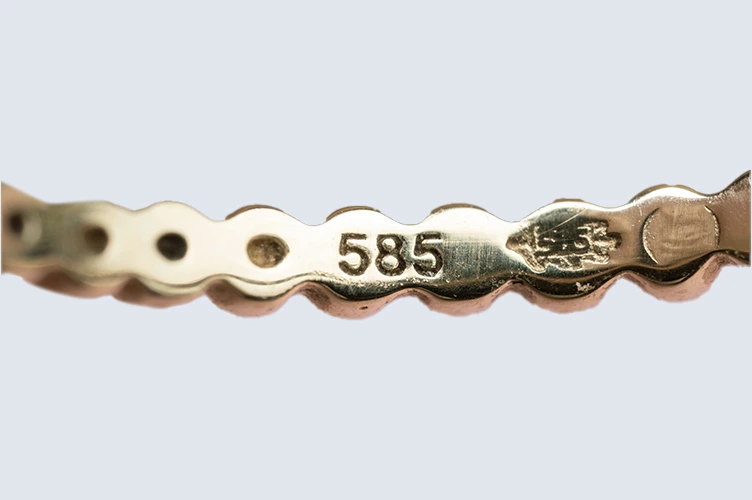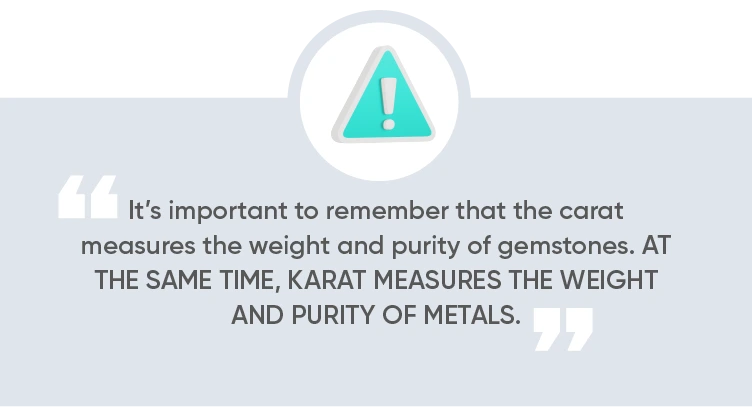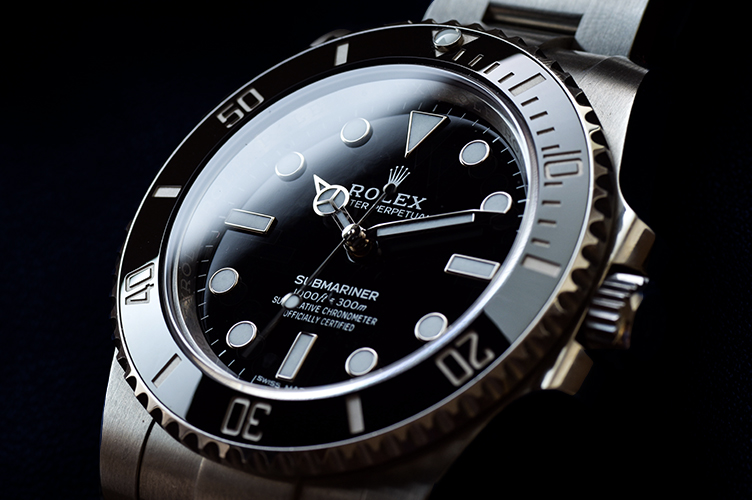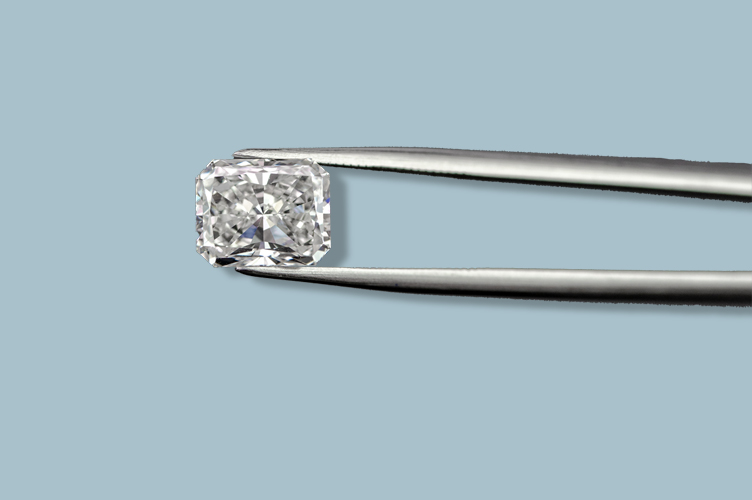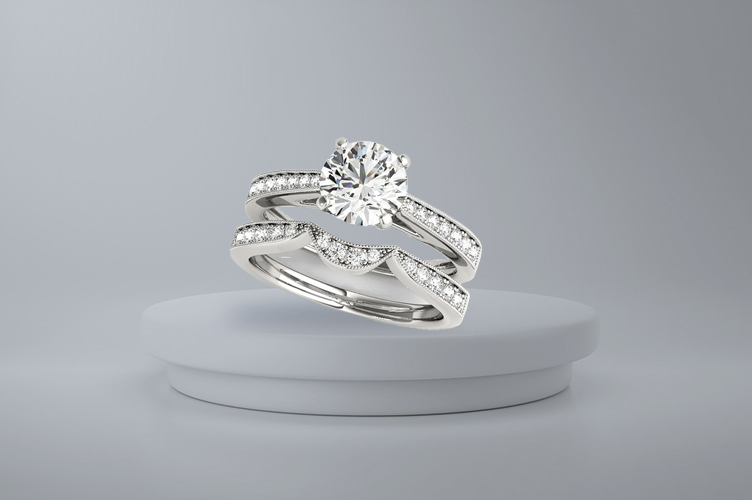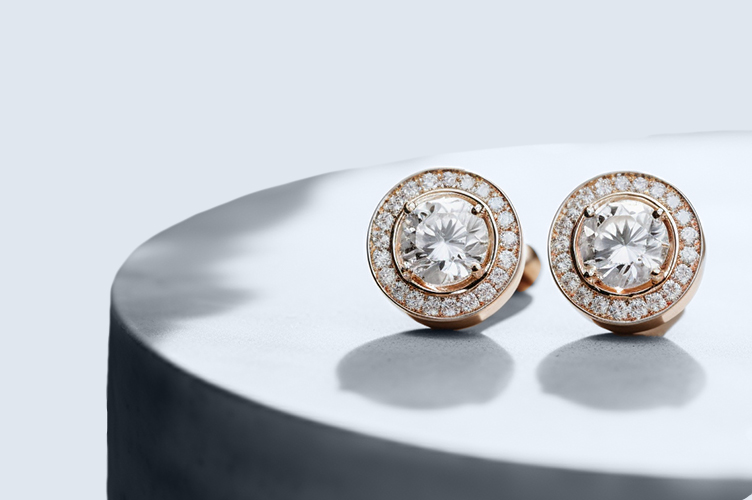If you’re looking to better understand what jewelry stamps are and what they mean then you’re in the right place.
Navigating the complex lingo of each of these different markings on jewelry can be confusing – to say the least. That’s why in this guide we’re going to be taking a look at some of the most common jewelry stamps and jewelry stamp meanings, and how you can use this knowledge when shopping for new items.
What You Will Learn
*We are jewelry experts and enthusiasts that love to share our favorite brands, tips, and tricks with you. If you choose to make a purchase through one of the links, we may earn a commission at no additional cost to you.
What Does A Stamp Mean On Jewelry?
Jewelry markings are a set of symbols, numbers, or letters that are often used to identify different features of a piece of jewelry. These stamps are often referred to as hallmarks and can indicate features such as origin, age, and metal type.
These stamps can be found on any type of jewelry, most commonly rings, pendants, and bracelets, and are typically located on the back or interior ring of the jewelry.
Hallmarks
The most common type of stamp is a Hallmark. They help to identify the country of origin, date, and metal type used for a specific piece of jewelry.
Maker’s Marks
This type of stamp is used to identify the jewelry designer or artist who created the piece. At the same time, Maker’s Marks are also known as a “manufacturer’s mark” seeing many jewelry manufacturers now use this method as an identifier.
When manufacturers stamp their jewelry they usually do so in the form of a logo, whereas artists and designers include their name or initials.
Purity Stamps
This type of stamp helps to identify the purity of the metal used for a specific piece of jewelry. They’re normally located on the inside of a ring band or on the back of necklaces and bracelets.
Purity stamps include valuable information such as the metal content, the purity percentage, and the fineness.
Location Stamps
A location stamp is a type of mark that is used to identify the origin of a piece of jewelry.
Understanding The History of Jewelry Stamps
Jewelry stamps aren’t new, in fact, these intricate markings have been around for centuries. Originally, they were only used to identify the metal type and purity, yet over time jewelry stamps have evolved to also include origin and manufacturing information.
In England, the hallmarking system began in the 1300s, when a law was passed requiring goldsmiths to register with the Goldsmiths’ Company and enlist their stamps with the London Assay Office.
The stamps, or hallmarks, used by English goldsmiths were a combination of symbols, numbers, and letter markings on gold jewelry that indicated the precious metals’ purity, the makers mark, and the year of manufacture. This system was later adopted by other countries, including France, Germany, and the United States.
Jewelry stamps and ring markings are an important part of the manufacturing process and have been used for centuries to ensure the quality and authenticity of individual pieces.
Different Types of Jewelry Stamps and What They Mean
Here are some of the most commonly used jewelry stamps:
925 Stamps
The 925 stamps are used for identifying sterling silver, with a consistency level of 92.5% silver and the remaining percentage being made up of another type of metal. The other metal is usually copper because jewelers like to combine it with silver thanks to the combined durability it helps to create.
Sometimes there will be letters following a 925 stamp to identify the maker’s mark and show who manufactured the piece, such as Tiffany & Co.
Gold Purity Stamps
A 10K, 14K, 18K, or 24K gold stamp on jewelry helps to identify the purity of gold jewelry. Here are some common gold markings on jewelry:
- 10K means that the jewelry consists of 41.6% pure gold
- 14K is 58.3% pure gold
- 18K indicates 75% pure gold
- 24K signifies 100% pure gold.
It’s important to remember that carat is used to measure the weight and purity of gemstones, while karat is used to measure the weight and purity of metals.
Other important gold stamps include:
- Assay marks are also used to identify the purity of gold, yet these are mostly used on English jewelry and are made up of a three-digit number that is indicative of the metals’ purity percentage.
- GF stamp means the jewelry piece is gold-filled.
- RGP stamp which means the piece is coated in gold plate
Understanding gold markings and jewelry stamps and what they mean doesn’t need to be complicated.
Platinum Identifier Stamps
These jewelry markings are usually found on platinum jewelry and they are used to signify that a piece of jewelry contains 900 parts per 1000 parts platinum.
- 900 Platinum
- 900 Plat
- Plat 900
- Pt900
- 900pt Stamps
It’s important to understand the percentage of precious metal used in jewelry because platinum is often combined with palladium or rhodium.
If the percentage of palladium is higher then your jewelry will be marked with a PD stamp, which is used as this metal identifier.
Gold Plating Stamps
These next stamps are used to identify gold plating and bonding and are typically found on watches.
- GE stands for gold electroplated
- HE stands for heavy gold electroplated
- GP stands for gold plated
GF stands for gold bonded to a base metal
Stainless Steel Stamps
These jewelry markings are used to indicate that the piece is made from stainless steel. Not only is this metal affordable but it’s also hypoallergenic, which makes it a popular choice among people with sensitive skin.
These stamps shouldn’t be confused with sterling silver identifiers.
Antique Stamps
These jewelry markings usually begging with a capital A, and are used to identify antique jewelry.
The “A” is usually accompanied by other letters that stand for the type of finish or plating used for the piece of jewelry.
Need some glamorous gold inspiration? Check out our top picks:
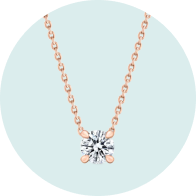
A round rose gold pendant that’ll go with everything
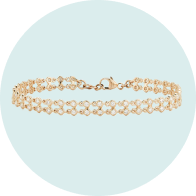
The perfect bezel bracelet for any outfit

A teardrop ring is an excellent addition to any jewelry collection
Protect Your Investment
Hopefully this guide has helped you gain a better understanding of what jewelry stamps mean.
If you’re currently looking to purchase a new item or already own valuable pieces of jewelry it’s important to consider getting some form of insurance. At BriteCo we provide comprehensive and affordable jewelry insurance. Our policies include protection against loss, theft, and damage, anywhere in the world, so you can rest assured that your jewelry is protected and in good hands.
For more information, please get in touch with us, or use our online tool to get a quote.
FAQs
What do the white gold symbols stamped on my piece of jewelry mean?
Usually, a karat making (K or k) that is accompanied by a number is indicative of the item being made with white gold.
What jewelry stamp is used for solid gold?
Nealy all solid gold jewelry is stamped with a marking that helps to identify the karat weight. For example, 10k or 417, and 18k or 750.
Does silver-plated jewelry have a stamp?
No. Silver-plated jewelry will not have a 925 stamp or other types of jewelry markings.
Also Check:
What is Jewelry Stamping? | BriteCo Jewelry Insurance
How to Clean Stainless Steel Jewelry? | BriteCo Jewelry Insurance




